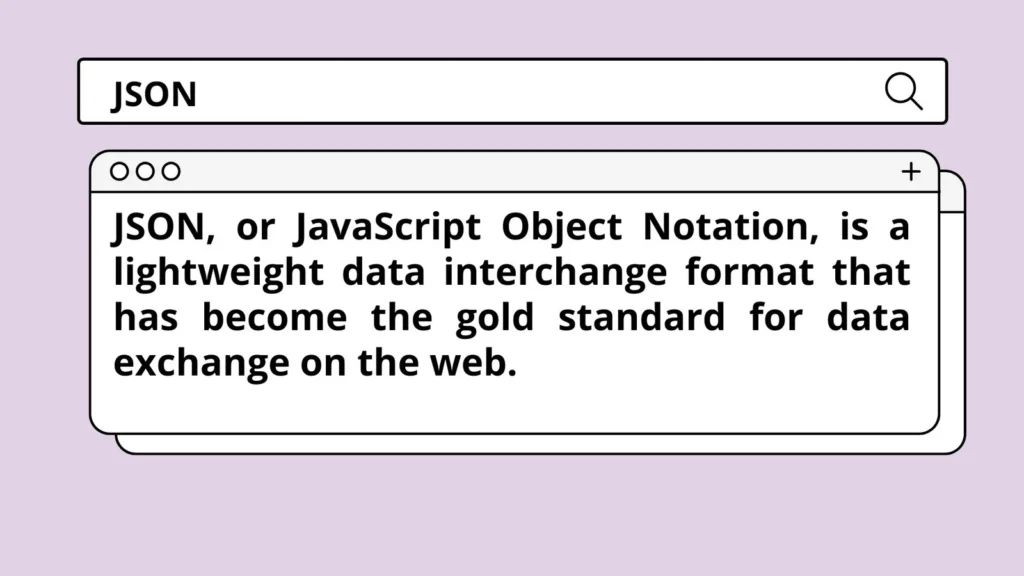A Beginner's Guide to JSON
Kick Start with JSON

In this blog we will look into
Lightweight to float in the long run
JSON, or JavaScript Object Notation, is a lightweight data interchange format that has become the gold standard for data exchange on the web. Its simplicity and readability make it an excellent choice for developers and businesses alike. At its core, JSON is a text format that is completely language-independent but uses conventions that are familiar to programmers of the C family of languages, which includes JavaScript. between different systems without the complexity of XML.
Competitive advantage in Tech Landscape:
This familiarity is one of the key reasons JSON has gained such widespread adoption. Many developers find it easy to integrate into their applications because its structure closely resembles the way objects are defined in JavaScript. Furthermore, JSON’s lightweight nature allows for quick parsing and generation, enhancing performance in web applications where speed is crucial. In addition to being user-friendly, JSON supports complex data structures like arrays and nested objects, making it versatile enough for a variety of use cases—from simple data storage to sophisticated application programming interfaces (APIs). This versatility means that whether you’re sharing configuration settings or transmitting large datasets between servers and clients, JSON can handle it efficiently. Moreover, with the rise of modern web development frameworks that prioritize seamless communication between client-side and server-side components, the demand for JSON continues to escalate. Its compatibility with almost every programming language—thanks to numerous libraries available—ensures that developers can work within their preferred environment without sacrificing functionality. Given these advantages, embracing JSON as a primary format for data interchange not only streamlines development processes but also enhances collaboration among teams by providing a standardized method of sharing information. As we move further into an era dominated by data-driven decision-making and cloud-based services, leveraging tools like JSON will be essential for maintaining competitive advantage in any tech landscape.
Key Features of JSON to make it Standout:
So, what exactly does this mean? JSON structures data in a way that’s easy to read and write for both humans and machines. It consists of key-value pairs organized in objects (enclosed in curly braces) and arrays (enclosed in square brackets). This straightforward structure allows for seamless communication between servers and clients, making it ideal for APIs and web services.
But what is JSON used for? The applications are vast! From configuration files to data storage solutions, JSON plays a critical role in modern web development. It’s widely used to transmit data between a server and a web application as an alternative to XML due to its more concise syntax.
In summary, understanding JSON is essential for anyone looking to work with APIs or engage in any form of web development. Its efficiency as a data interchange format ensures that you can handle complex datasets with ease while maintaining clarity throughout your codebase. Embrace JSON today; it’s not just another tool—it’s your gateway into the world of efficient data management!